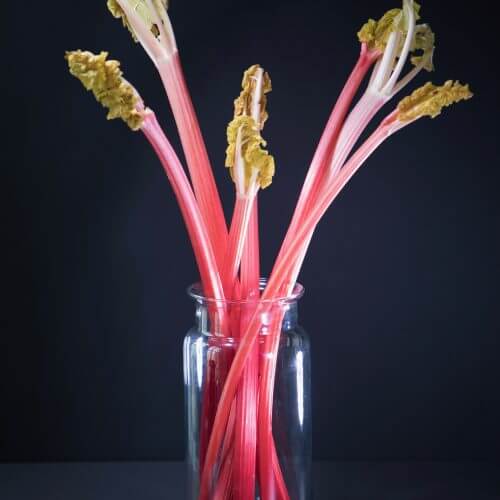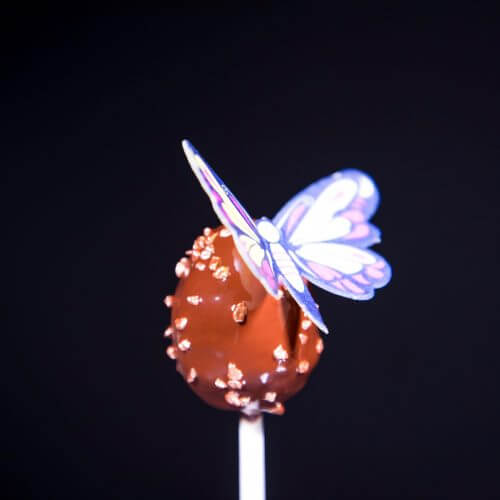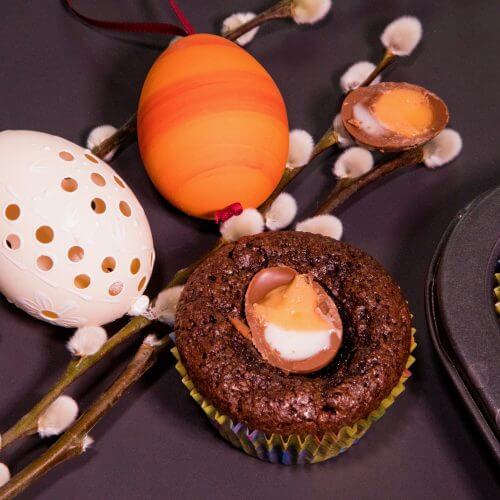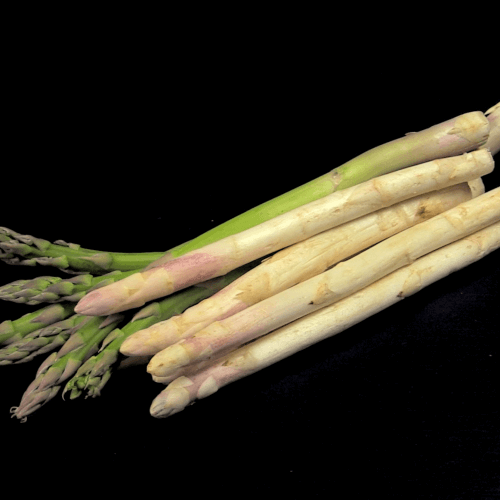Rhubarb is a beautifully coloured vegetable that brightens up the first few months of the year. It is incredibly versatile and works in sweet dishes as well as savoury ones. It’s sharpness cuts through the oiliness in fish (try serving stewed rhubarb with mackerel) and rich meat, like pork or duck.
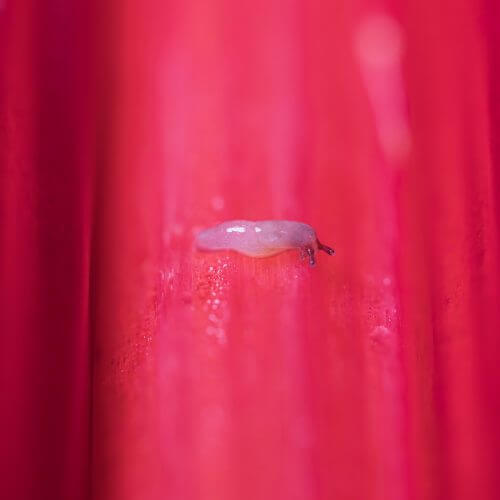
Little stowaway on our rhubarb – he got to keep the stalk!
At this time of year, it is forced rhubarb you find in the shops, which is replaced by the field grown variety in April. Forced rhubarb is tender with a milder flavour. Forced rhubarb simply refers to the growing of rhubarb with the crowns covered to prevent light from reaching them. This encourages the plant to grow early. They have a delicate pink colour with yellowish leaves.
Did you know that rhubarb originated in Ancient China and was actually used as medicine? It was brought to Europe by Marco Polo in the 13th century. It has been cultivated since the 18th century.
Buying
Buy crisp and firm stalks and keep in the fridge. They will wilt quickly, but that doesn’t make them unsafe. You can also chop the rhubarb and freeze to use later in the year. Add to baked goods (check out our muffin recipe), stew and turn to jam (use on yoghurt or granola) or a savoury chutney. Make sure you discard the leaves, as they are poisonous.
Serving
For other serving suggestions, rhubarb and custard is a classic! Make mini tartlets, fill with fresh vanilla custard and top with a rhubarb baked for 20 minutes in a hot oven with honey, to sweeten it.
